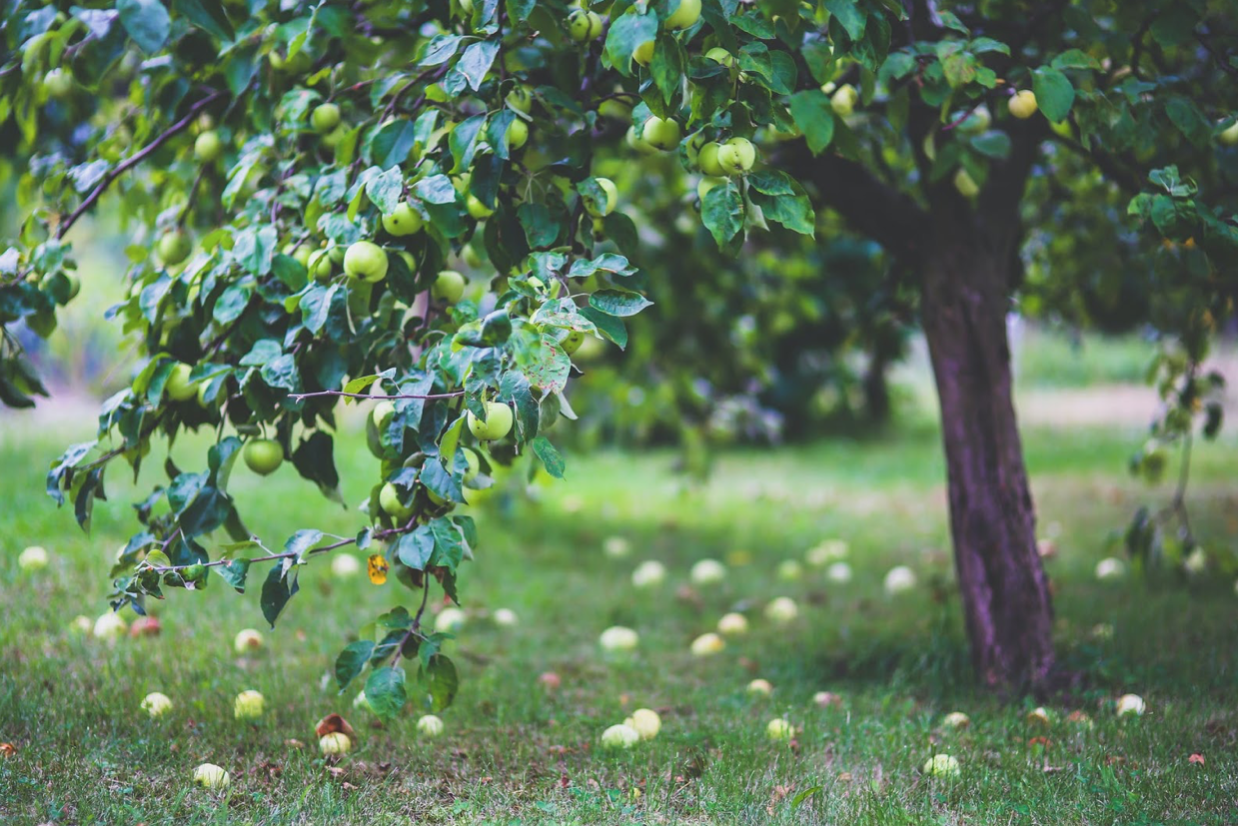
Now, more than ever, your home is your refuge, your sanctuary! It sometimes seems as though the world will never be the same again. Streets covered with masked pedestrians. Ordering our meals and drinks through apps and dining in with socially distanced tables. Many of us are still unable to hold our nearest and dearest relatives close to us if they live outside of our support bubbles. And as safe as we may feel at home, and as stress-relieving as it can be to decorate the home in a way that is natural, minimalistic and conducive to calm and happiness, we mustn’t neglect the importance of the garden in these difficult times.
Your garden can be a wonderful safe space where you can enjoy the gifts of nature like the wind in your hair and your bare feet on the grass (which can actually have some incredible health benefits that scientists are only just beginning to understand.) It can be a place where you can read a book, hang out with your friends or simply sunbathe in the subtle perfumes of your own personal piece of nature.
But since you’ll be relying on things at home like your garden more than ever to keep you healthy and sane in the foreseeable future, you need to give it some TLC. I’ve never had much of a green thumb but during this time I’ve been making it a point to learn about gardening. Here are some signs your garden is not as healthy as it ought to be…
Overgrown trees that cast dark shadows
Trees are a beautiful, charming and a welcoming addition to your garden. But unless they’re visited regularly by a tree surgeon they can grow out of control, and a tree removal may ultimately be necessary. When trees become top heavy and overgrown they can cast a dark shadow that prevents other plants in your garden from getting the light they need.
Bare or dry patches on your lawn
A neat and tidy lawn looks great and feels amazing underfoot. However, when you get over-enthusiastic in mowing your lawn, it can lead to bare, dry or pale patches. This is because you’re cutting the grass blade too short and they’re not getting enough sunlight to ensure healthy growth. It can also make grass more vulnerable to weeds and pests. Never remove more than a third of the length from your lawn!
Yellow or dry leaves at the bottom of your plants
And finally… Plants look beautiful and make us feel great when we spend time with them. But when they’re not feeling healthy, they’ll find ways to let you know. You just need to be able to look for them. Be on the look out for yellow or dry leaves close to the bottom of your plants, as well as leaf droppage. These could mean that the plant isn’t getting the right water, or perhaps they’re not getting the nourishment they need from the soil and need some compost to supplement it.